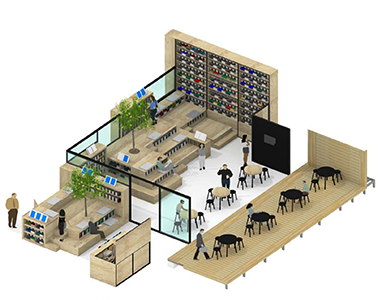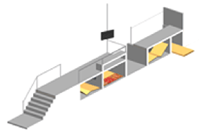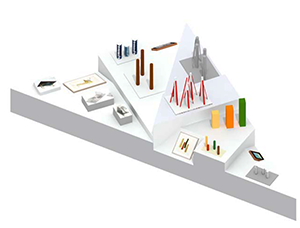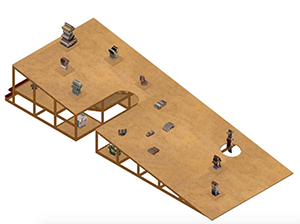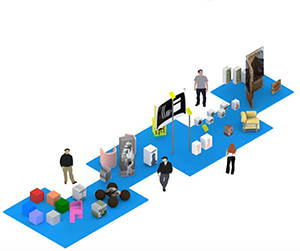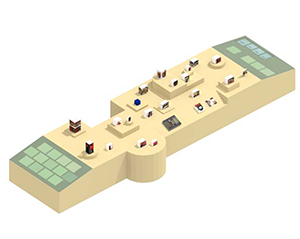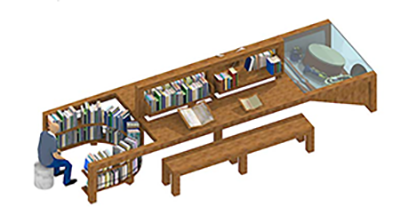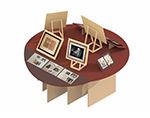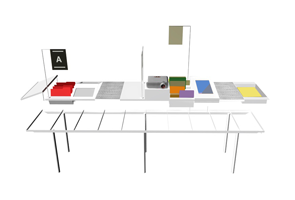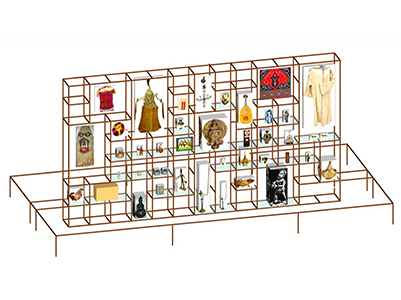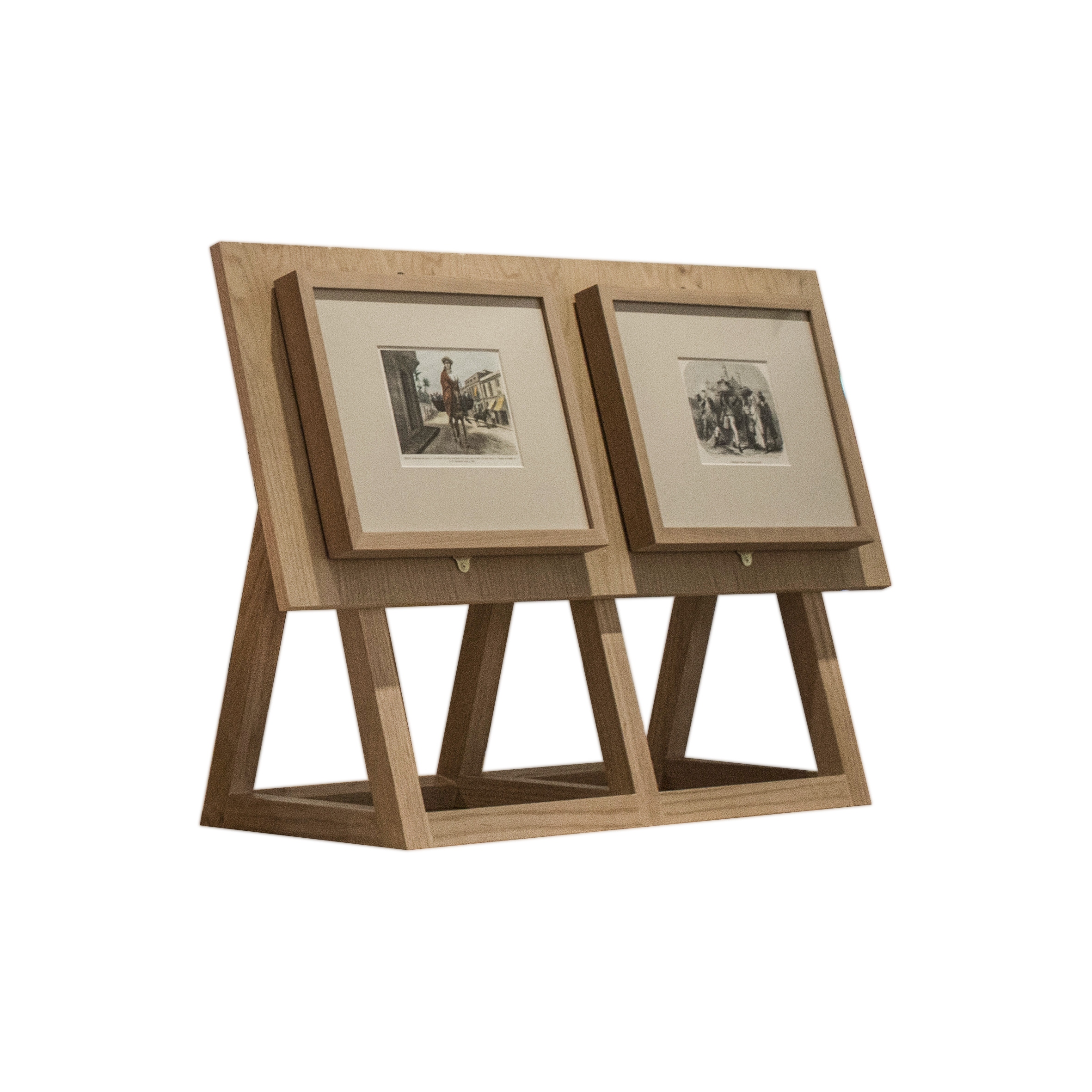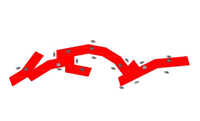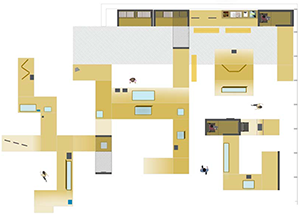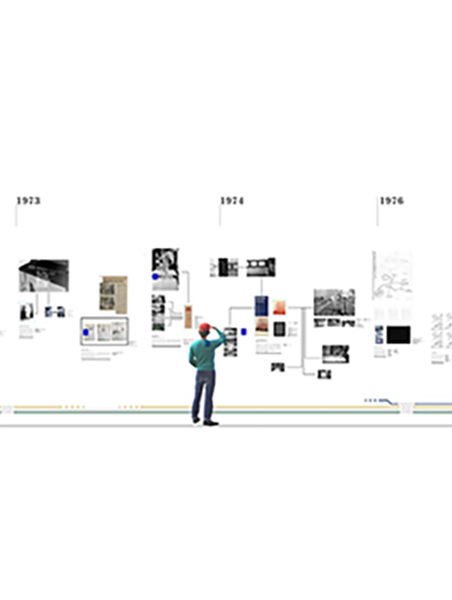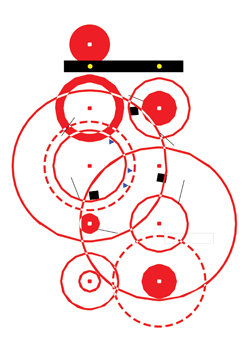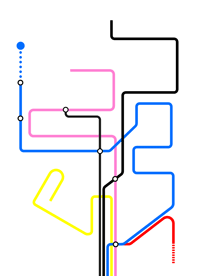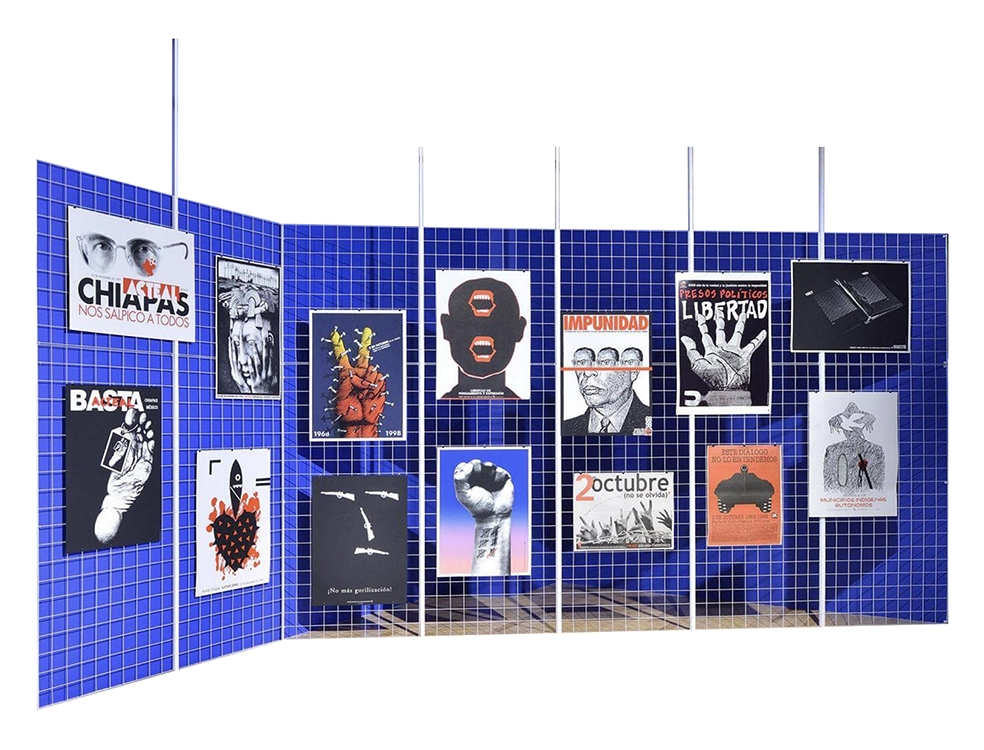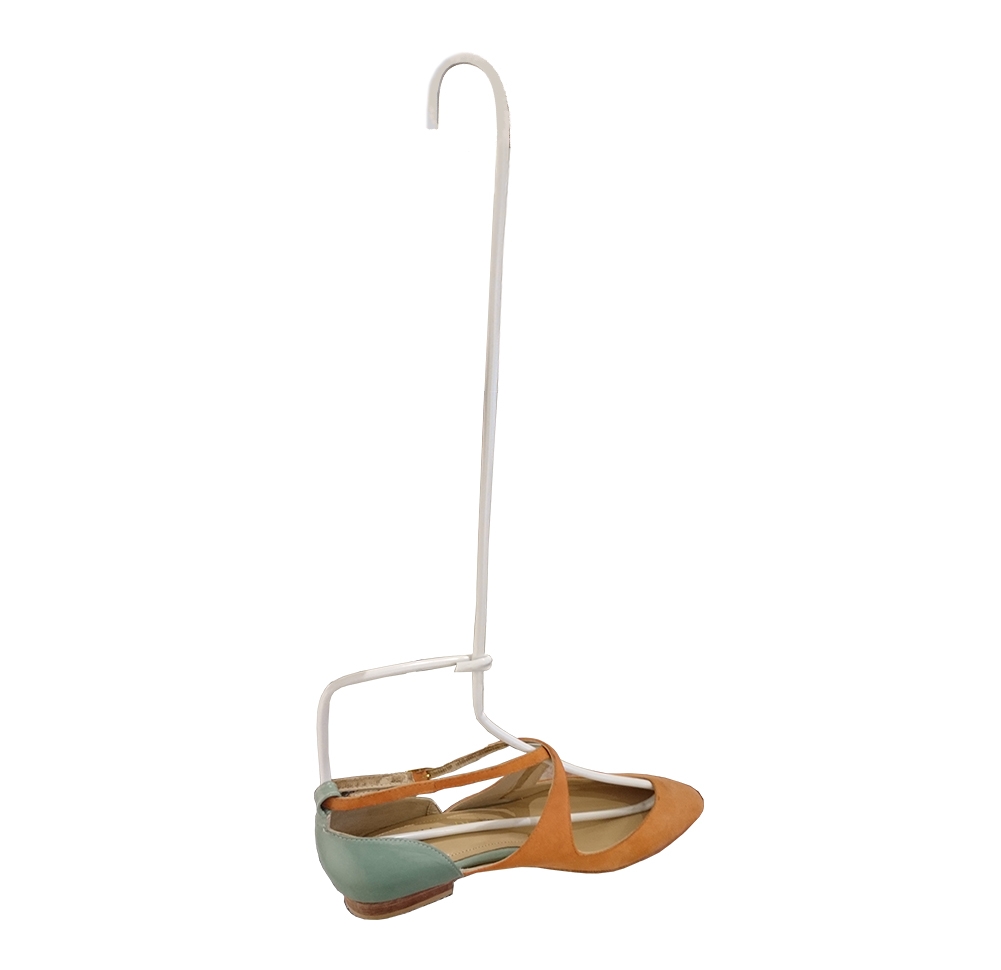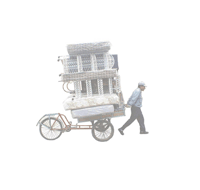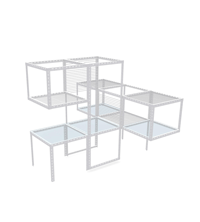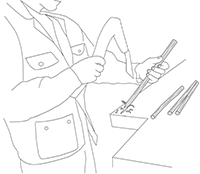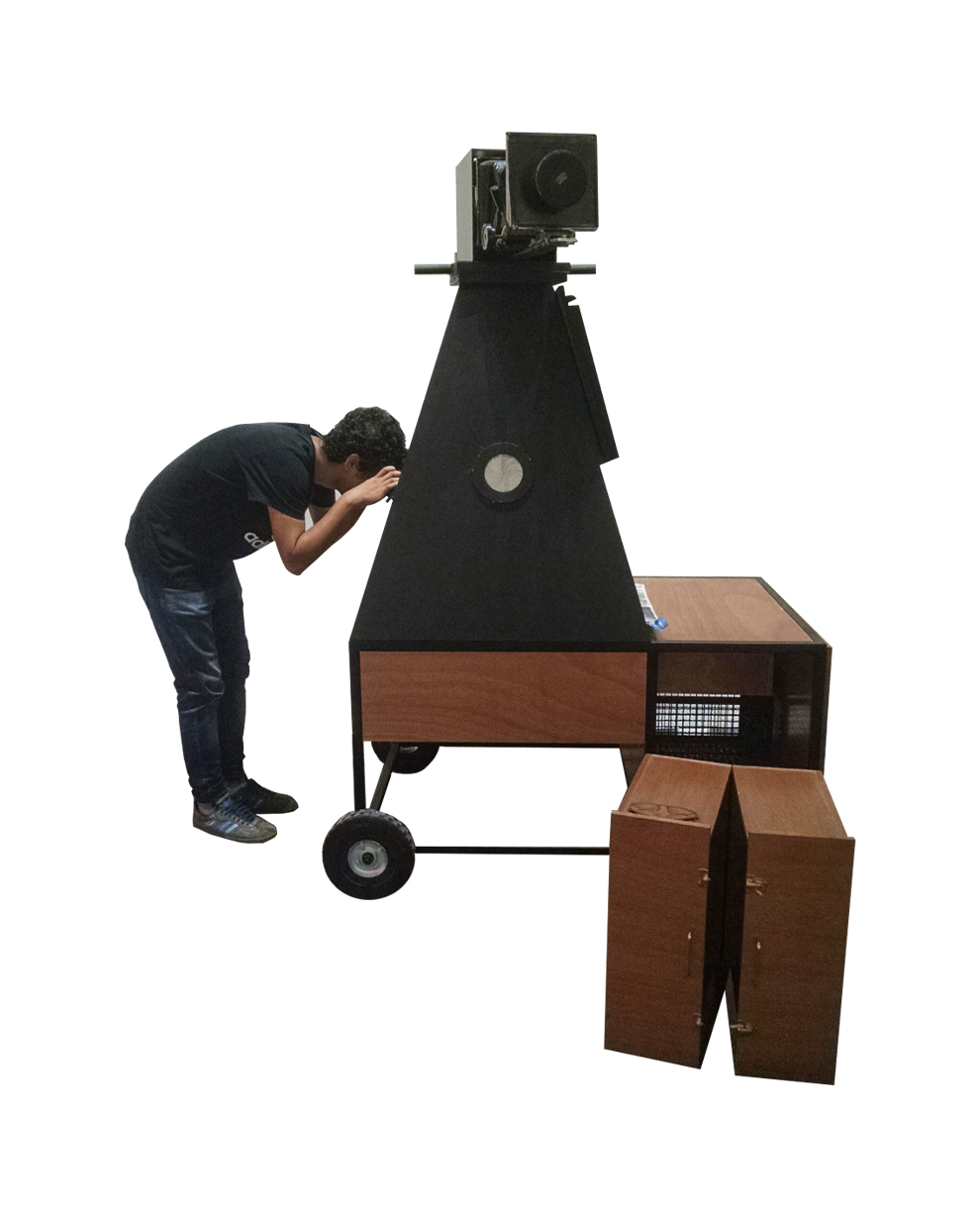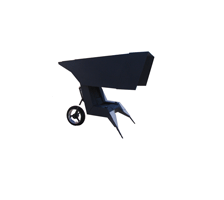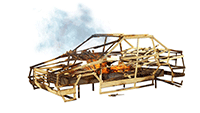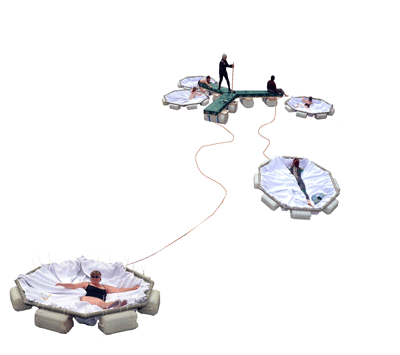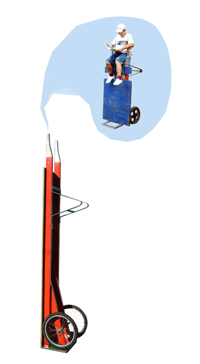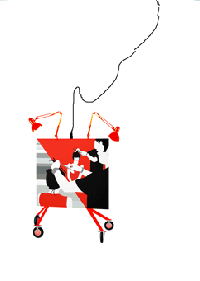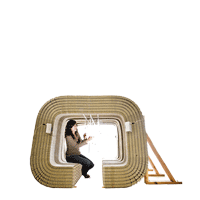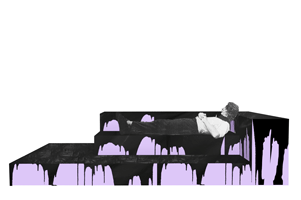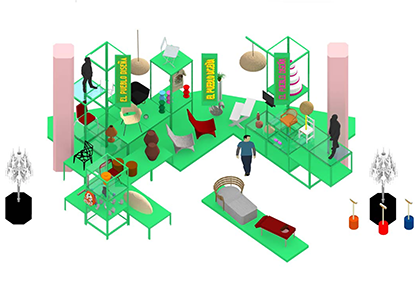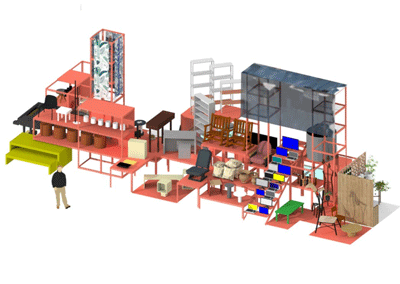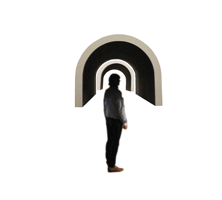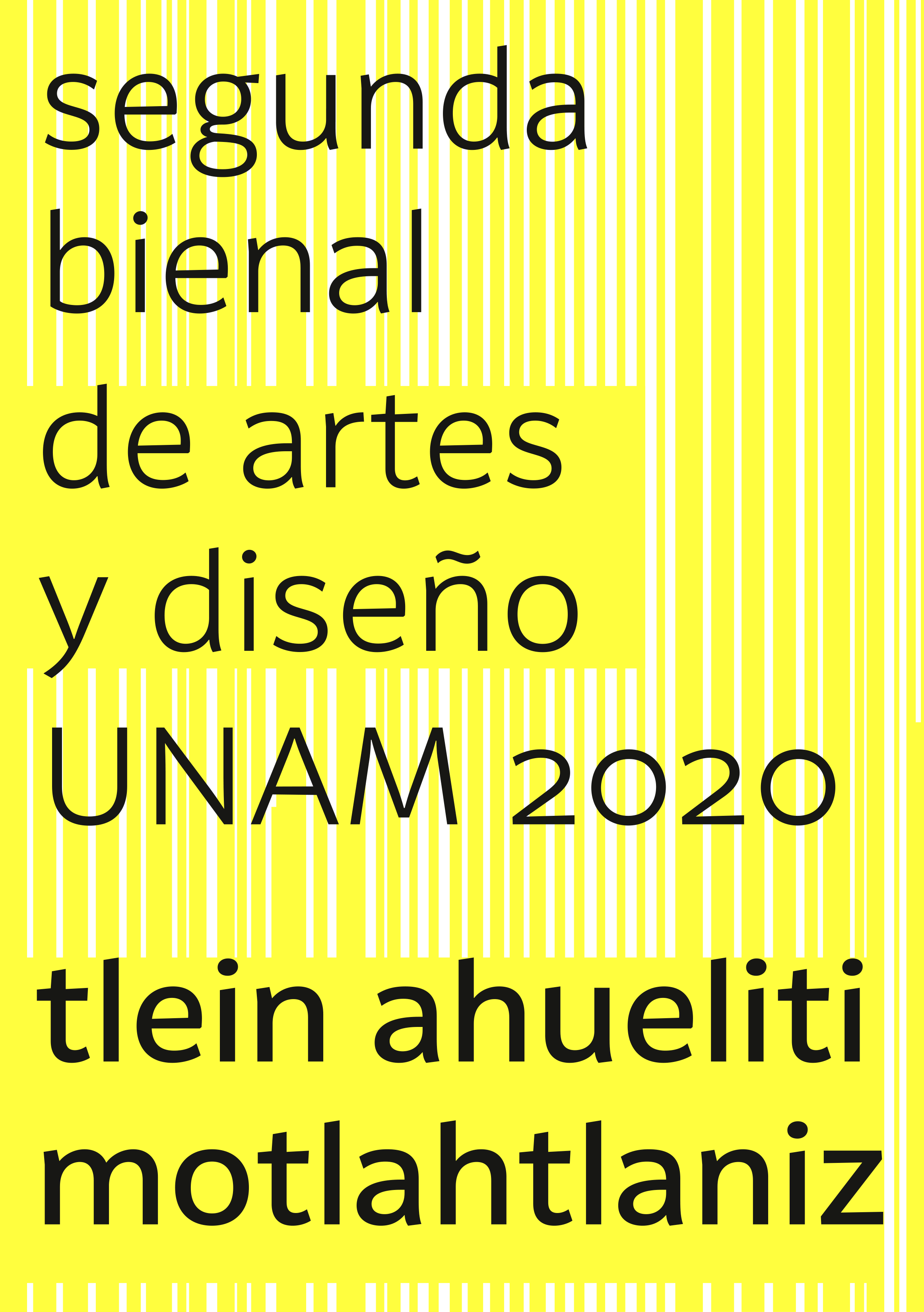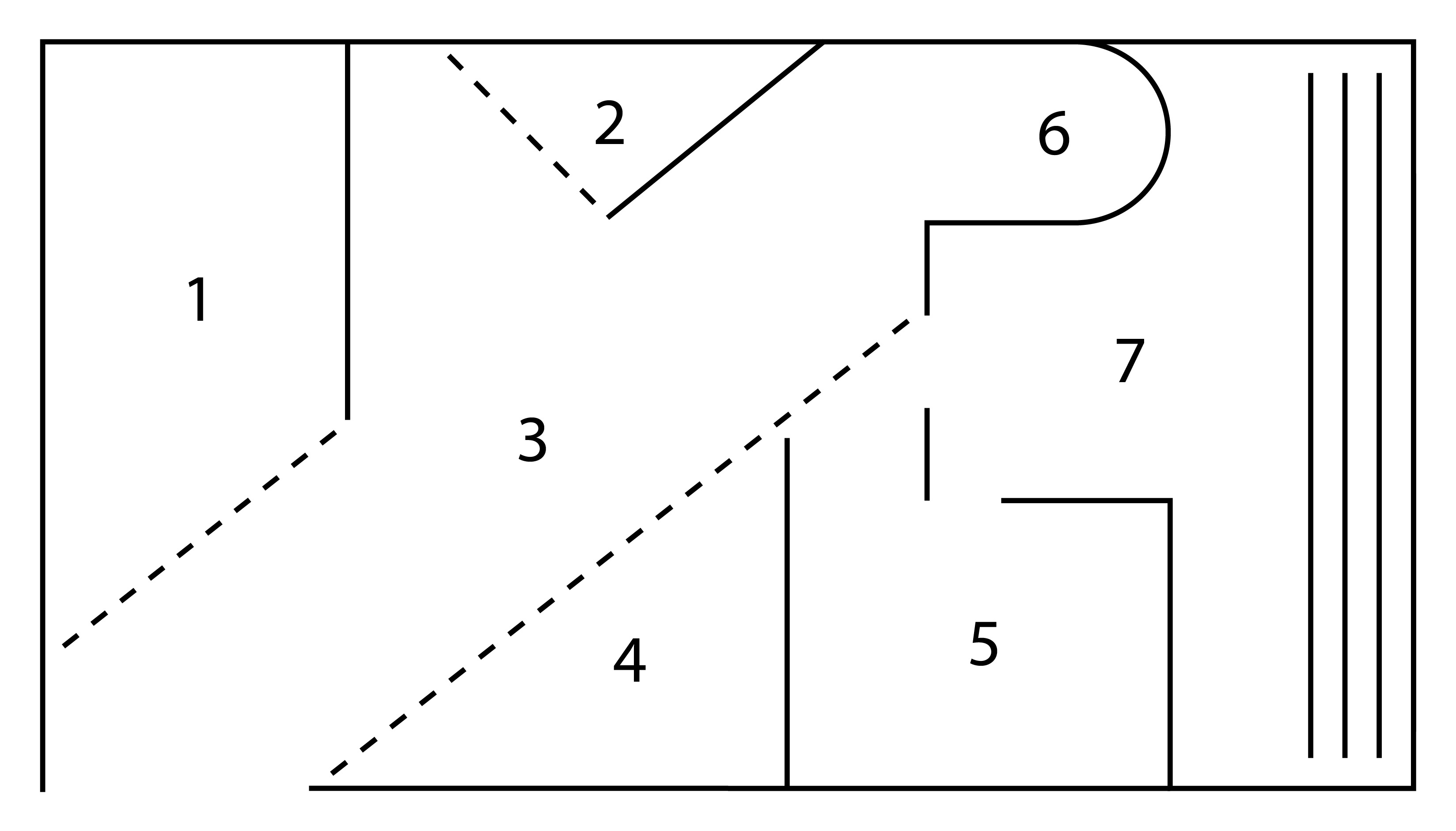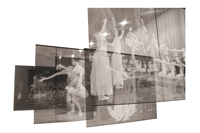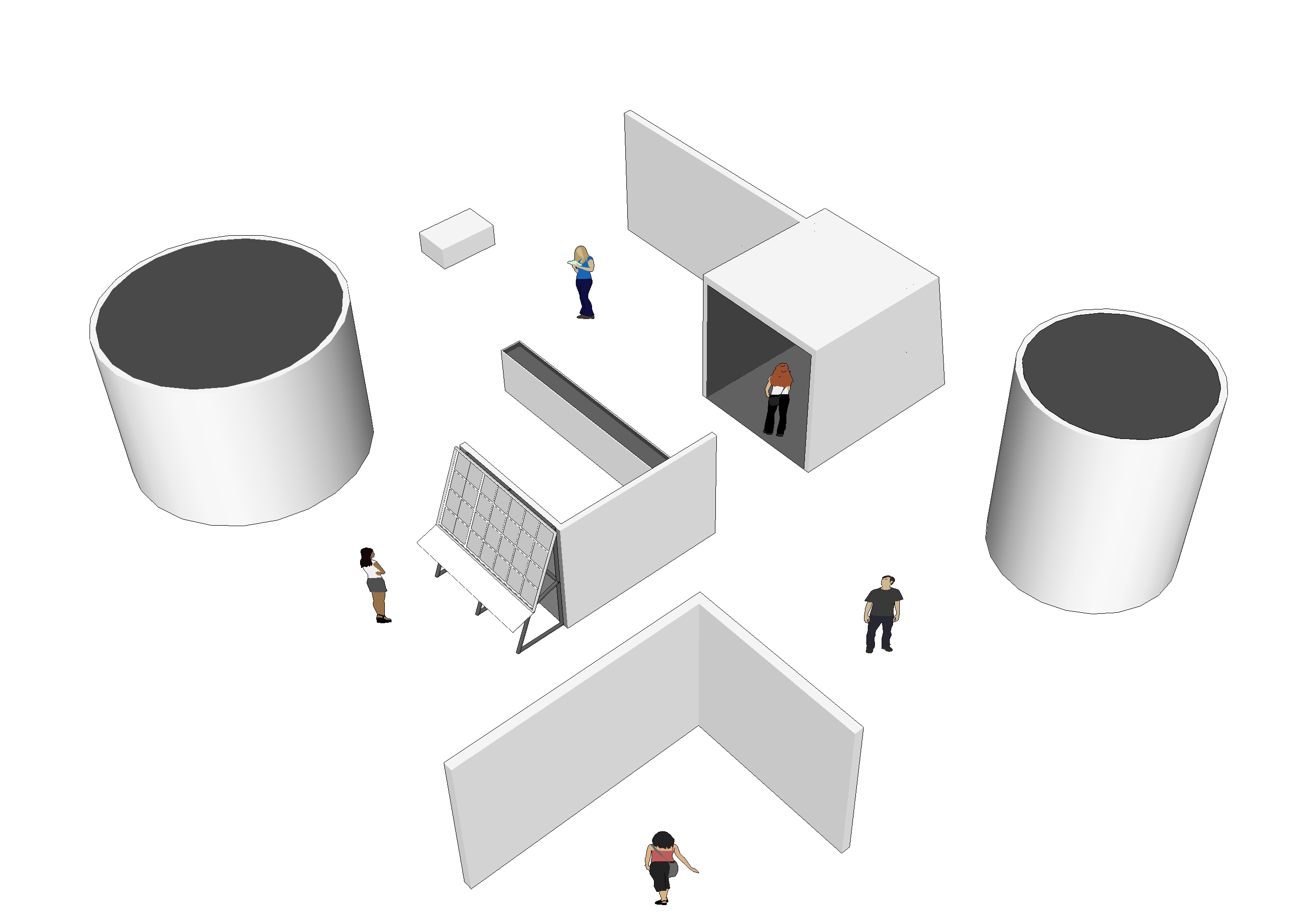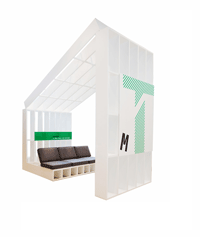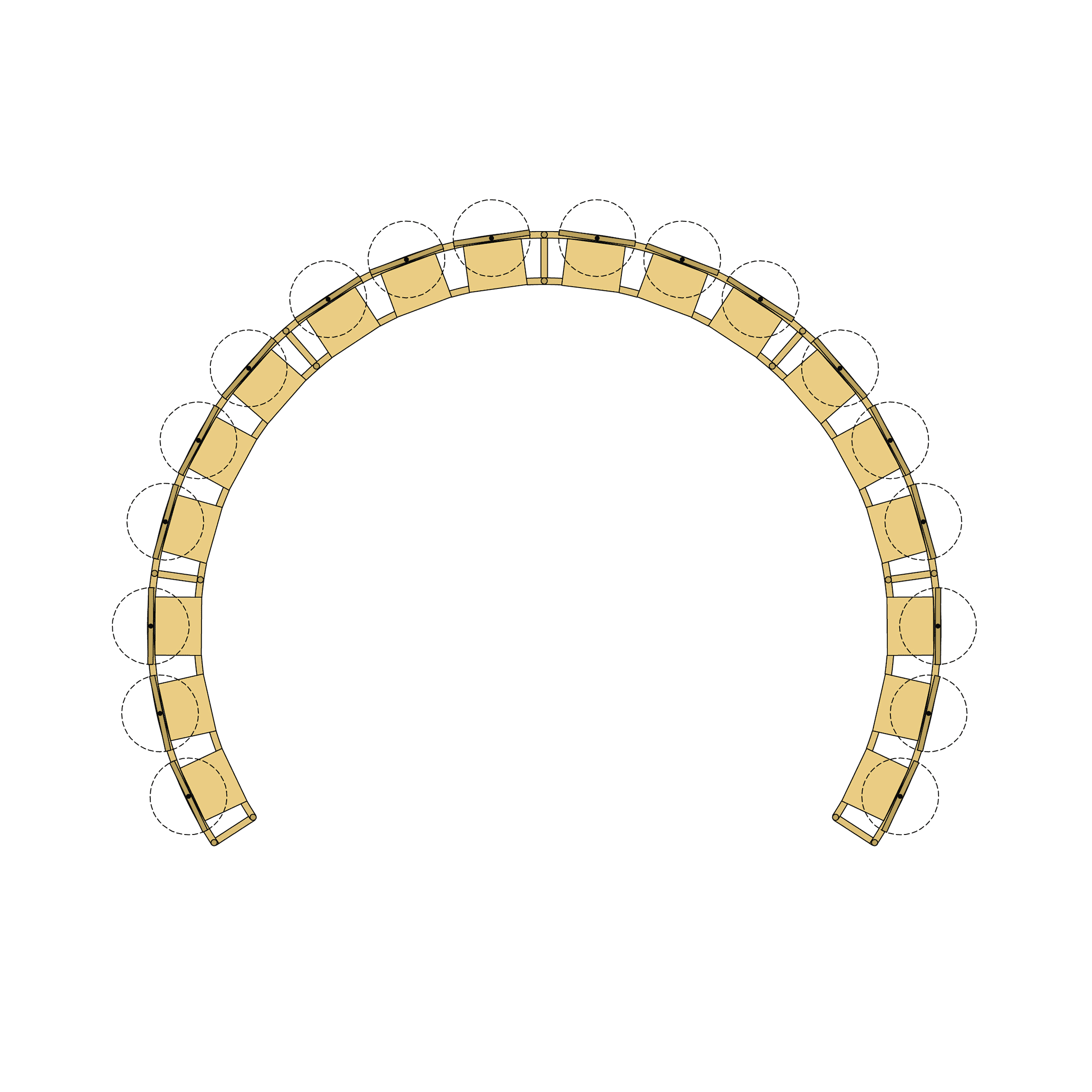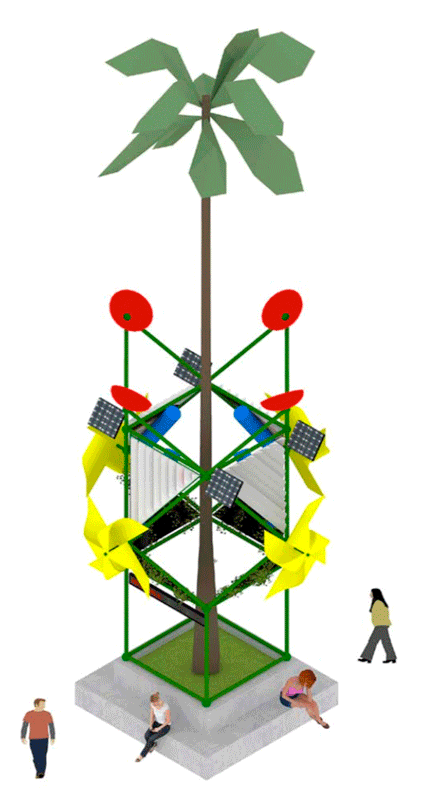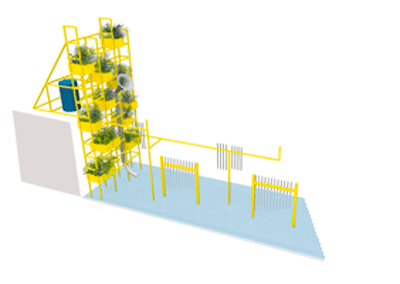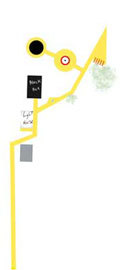In Tijuana the lack of public space and amenities for pedestrians is notorious. This project is introduced to the city as an exercise of intervening in the micro-urban street reality, identifying everyday-life situations that can be transformed into potential projects for the city. In Tijuana, I lived about twenty meters from the crosswalk on the border between Tijuana and San Diego and every day, at any time throughout the year, I would see people standing and waiting for family members to pick them up. There was never a waiting area. The ambulant bench was made to be inserted into this space, to afford the service of a waiting area. I would leave it in the morning and pick it up at night.
As Felipe Zuniga describes “The loitering bench emerged from a genuine and simple concern: the possibility of “being” in one place. This notion of “being” does not imply “occupying” a space, taking it or making it yours. Rather, it suggests a short-term stay: an experiential appropriation of space. Banca Ambulante (Loitering Bench) also serves a seemingly simple gesture, that of “hospitality” in the face of the in-hospitability of the US-Mexican Border where the bench was placed, precisely in a place of friction between these interests, it generated a parenthesis that allowed the possibility to orient oneself, wait or just enjoy a cup of sliced fruit on a Sunday afternoon.” [i]
The design of “Loitering Bench” uses typologies of urban mobile furniture and the language of working-class construction to define its form, as an exploration of mobility, temporality, and change. When parked, its vertical form reduces storage space. The loitering bench has been adapted for use in Tijuana, Copenhagen, Korea, and San Diego.
[i] Felipe Zúñiga, dossier and interview for PCEP (prácticas culturales en espacio público)(cultrual practices in public space), 2010.
